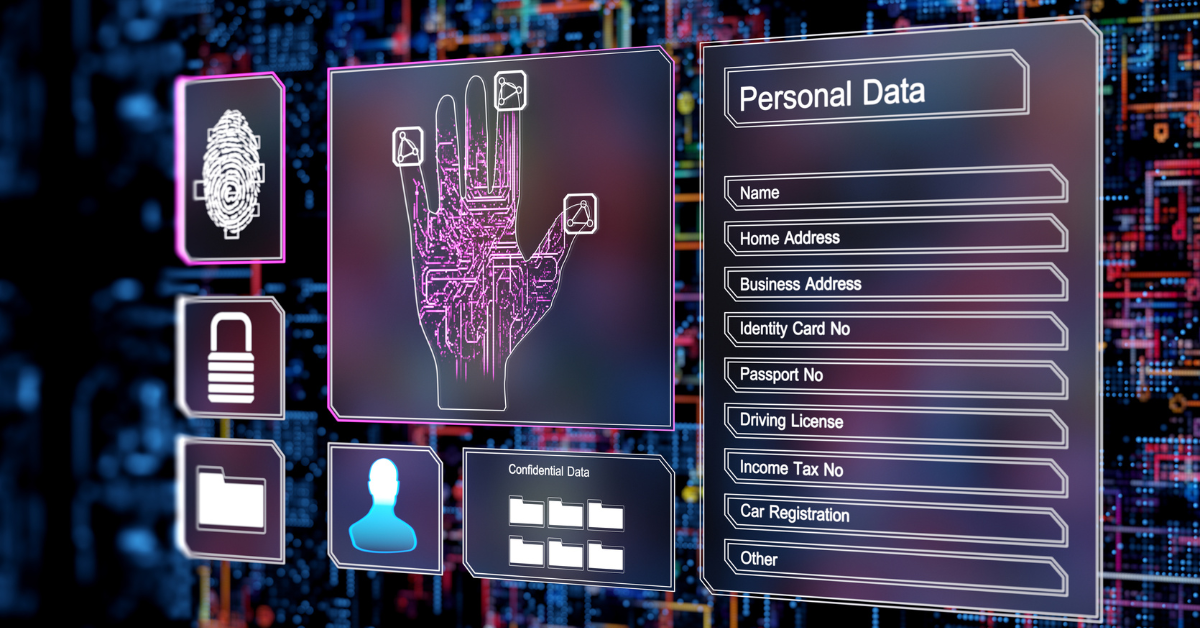Optimizing Identity and Access Management in Manufacturing
In today’s digital landscape, U.S. manufacturers increasingly depend on interconnected systems and data-driven processes to drive innovation and maintain competitive edges. And yet, this reliance on technology also brings significant cybersecurity challenges. Modernizing identity and access management across manufacturing organizations is critical to safeguarding networks, transforming governance, and demonstrating compliance. This blog explores how IAM modernization can achieve these objectives and provide manufacturers with a robust security framework.
The Importance of Identity and Access Management in Manufacturing
Identity and access management, or IAM, refers to the policies, processes, and technologies used to manage digital identities and control access to resources within an organization. Effective IAM ensures that the right individuals have appropriate access to technology resources at the correct times and for the right reasons. For manufacturers, modernizing IAM is essential for several reasons:
- Enhanced Security. Protects sensitive data and systems from unauthorized access.
- Operational Efficiency. Streamlines access controls and user management.
- Regulatory Compliance. Ensures adherence to industry-specific regulations and standards.
- Governance. Provides transparency and accountability in access management.
Safeguarding Networks with Modern IAM
Protecting Against Cyber Threats
Due to their valuable intellectual property and operational data, manufacturers are prime targets for cybercriminals. Modern IAM solutions enhance security by implementing robust authentication methods such as multi-factor authentication, biometric verification, and risk-based authentication. These methods significantly reduce the risk of unauthorized access and mitigate the impact of stolen credentials.
Zero Trust Architecture
A zero-trust architecture operates on the principle of “never trust, always verify.” Modern IAM solutions support this approach by continuously validating the identity of users and devices, regardless of their location. Access is granted based on strict identity verification and contextual factors such as the user’s behavior, device type, and location. By adopting zero-trust principles, manufacturers can better protect their networks from external and internal threats.
Role-Based Access Control (RBAC)
Implementing RBAC allows manufacturers to assign permissions based on roles rather than individual users. This approach simplifies access management and reduces the risk of over-privileged accounts. By ensuring that users only have access to the resources necessary for their roles, manufacturers can minimize the potential attack surface and prevent unauthorized access to critical systems.
Transforming Governance with IAM
Centralized Access Management
Modern IAM solutions provide a centralized platform for managing user identities and access rights across the organization. This centralization simplifies the administration of user accounts, access permissions, and security policies. It also enables manufacturers to quickly identify and address any discrepancies or potential security issues, ensuring consistent and compliant access controls.
Automated Provisioning and Deprovisioning
Automation plays a crucial role in modern IAM systems. Automated provisioning ensures new employees are granted appropriate access rights based on their roles from day one. Similarly, automated de-provisioning ensures that access is promptly revoked when an employee leaves the organization or changes roles. This reduces the risk of orphaned accounts and unauthorized access, enhancing overall security and governance.
Audit and Reporting
Effective governance requires robust audit and reporting capabilities. Modern IAM solutions provide detailed logs and reports on user activities, access requests, and policy changes. These insights help manufacturers monitor compliance with internal policies and external regulations. Additionally, they facilitate forensic investigations during a security incident, providing a clear trail of actions and access patterns.
Demonstrating Compliance with Modern IAM
Regulatory Requirements
Manufacturers must comply with various industry-specific regulations and standards such as the General Data Protection Regulation (in specific, applicable cases), the Health Insurance Portability and Accountability Act (HIPAA), and the Cybersecurity Maturity Model Certification (if in the Defense Industrial Base). Modern IAM solutions help organizations meet these requirements by enforcing strict access controls, maintaining detailed audit logs, and supporting data protection practices.
Policy Enforcement
Modern IAM systems enable manufacturers to enforce consistent security policies across the organization. These policies can include password complexity requirements, access approval workflows, and periodic access reviews. Manufacturers can demonstrate their commitment to security and compliance to regulators, customers, and partners by ensuring that all users adhere to these policies.
Third-Party Access Management
Manufacturers often work with third-party vendors, suppliers, and contractors who require access to specific systems and data. Managing third-party access can be challenging and risky without proper controls. Modern IAM solutions provide capabilities for securely managing third-party identities and access rights, ensuring that external users only have access to the necessary resources for the duration of their engagement.
Case Study: IAM Modernization in Action
To illustrate the impact of IAM modernization, consider a hypothetical case study of a (fictional) manufacturing company, “TechManufacture, Inc.”
Challenge: TechManufacture, Inc. faced numerous security breaches due to weak access controls and outdated IAM practices. The company struggled with managing user identities, provisioning/de-provisioning access, and meeting regulatory compliance requirements.
Solution: TechManufacture, Inc. implemented a modern IAM solution that included multi-factor authentication, role-based access control, and automated provisioning/de-provisioning. They adopted a zero-trust architecture and centralized their access management processes.
Outcome:
- Enhanced Security. The company significantly reduced unauthorized access incidents and protected sensitive data from cyber threats.
- Improved Governance. Centralized access management and automation streamlined their IAM processes, reducing administrative overhead considerably and ensuring consistent policy enforcement.
- Regulatory Compliance. TechManufacture, Inc. met its compliance requirements for GDPR, HIPAA, and CMMC, demonstrating its data protection and security commitment.
Conclusion
Modernizing IAM is a technological upgrade and a strategic necessity for manufacturers. By adopting modern IAM solutions, manufacturers can safeguard their networks against cyber threats, transform governance processes, and demonstrate compliance with industry regulations. The benefits of enhanced security, operational efficiency, and regulatory adherence make IAM modernization a crucial investment for the future of manufacturing.
AIS Network offers comprehensive IAM solutions tailored to the unique needs of manufacturing organizations. With its deep expertise, AISN can help you secure digital assets, streamline access management, and achieve compliance.

